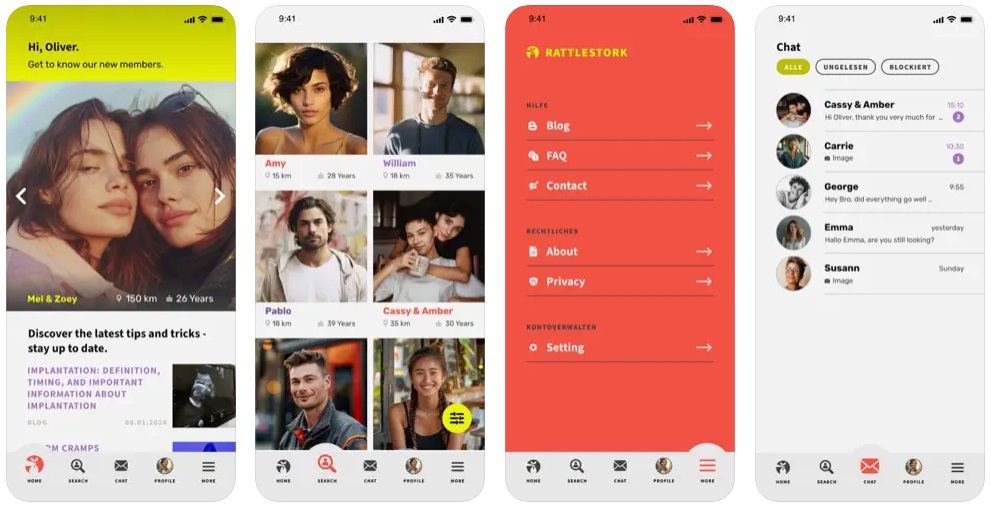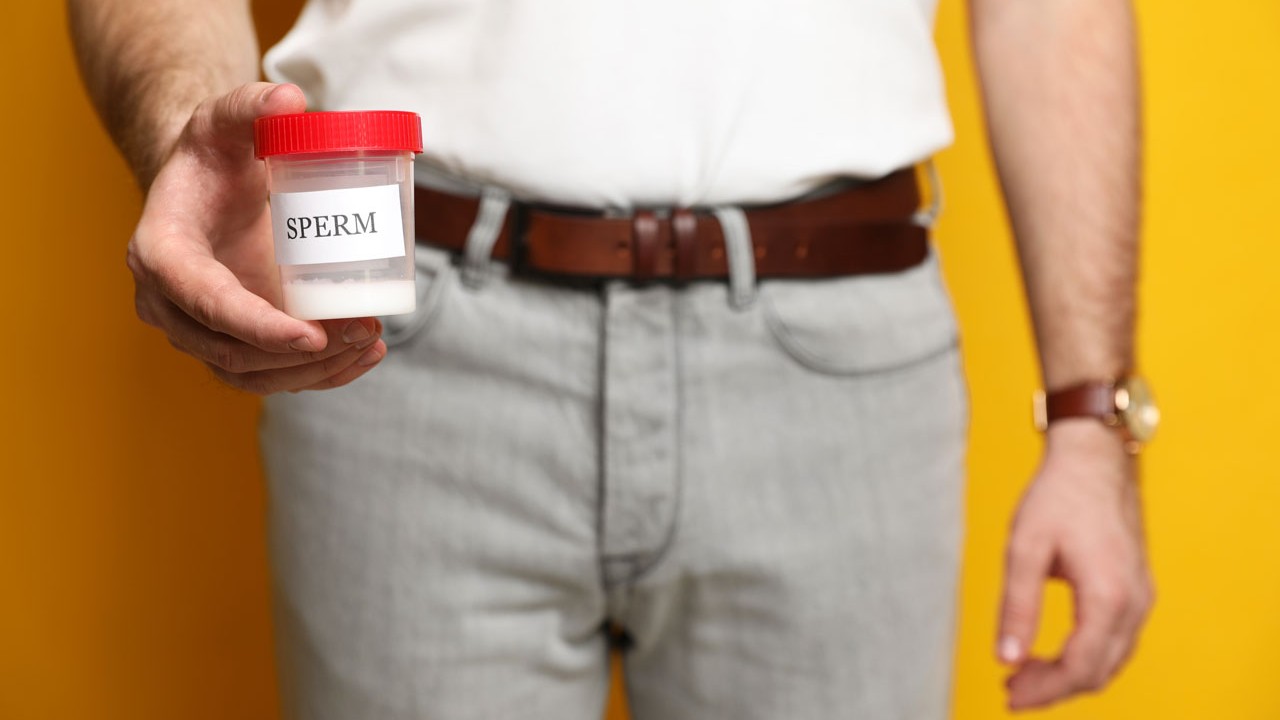Are you considering becoming a sperm donor? In the United States, donor sperm helps hundreds of intended parents each year—from single women and LGBTQ+ couples to heterosexual couples facing fertility challenges. This guide offers a clear, concise overview for 2025: eligibility criteria, medical standards, step-by-step process, legal protections, and donor compensation.
Why Become a Sperm Donor? Motivations & Benefits
- Altruistic impact: You help individuals and couples build their families.
- Comprehensive health screening: Free blood work, semen analysis, and genetic testing.
- Donor compensation: Typically $100–$200 per donation to offset your time and travel.
- Genetic legacy: You contribute your DNA without assuming parenting responsibilities.
Eligibility Requirements: Age, Health & Reliability
Sperm banks adhere to strict FDA and AABB/ASRM guidelines, but generally you must:
- Be 18–39 years old: Some banks accept donors up to age 40, though sperm quality may decline after 39 (WHO Manual).
- Be in good health: No HIV, hepatitis B/C, or other infectious diseases; no inheritable genetic disorders; BMI under 30.
- Be reliable: Able to donate once or twice a week for 6–12 months and follow lifestyle guidelines.
Medical Standards & Quarantine
Under FDA regulations (21 CFR Part 1271) sperm is regulated as a human cellular tissue-based product. AABB and ASRM recommend each sample contain at least 15 million sperm per mL with ≥32% progressive motility (ASRM 2024). Samples are frozen at –196 °C, quarantined for 180 days, then retested before release (FDA Draft 2024).
Donation Process: Step by Step
- Application & Interview: Complete an online questionnaire and discuss your medical and family history with clinic staff.
- Screening Phase: Provide blood and urine samples, two semen analyses, a genetic panel, and undergo a physical exam.
- Donation Appointments: Visit the clinic once or twice weekly to provide samples in a private collection room; maintain 2–3 days of abstinence before each appointment.
- Cryopreservation: Each sample is divided into multiple vials and frozen in liquid nitrogen for future use.
- Quarantine & Release: After 180 days, repeat infection screening; approved samples are released to recipient clinics.
- Completion & Extension: Most donors complete 10–25 donations; you may extend your commitment in consultation with the clinic.
Sperm Donation via RattleStork: Flexible Option
RattleStork is an app-based platform connecting verified donors with intended parents. You arrange at-home inseminations and set terms for number of attempts and communication preferences. You handle all medical and legal arrangements—RattleStork does not sign contracts on your behalf.

Compensation & Tax Considerations
Donor fees typically range from $100 to $200 per donation, paid by check or direct deposit. These payments count as unearned income. Clinics issue IRS Form 1099 if annual compensation exceeds $600—consult a tax professional for guidance.
Preparation & Practical Tips
- Maintain 2–3 days of abstinence before each donation.
- Limit alcohol and tobacco—improvement in sperm quality is often seen after 6–8 weeks.
- Eat a balanced diet rich in zinc, folic acid, and omega-3 fatty acids (Nature 2020).
- Reduce stress through light exercise and adequate sleep.
- Keep your ID, insurance card, and family medical history on hand.
Quick Checklist: Are You a Good Candidate?
- ✓ Age 18–39
- ✓ BMI under 30
- ✓ No major infectious or genetic disorders
- ✓ Able to donate 10–25 times per year
- ✓ Agree to sample quarantine and retesting
- ✓ Consent to data storage under FDA guidelines
- ✓ Understand that donor-conceived individuals may request identifying information after age 18
Conclusion
Becoming a sperm donor in the U.S. in 2025 is transparent and secure thanks to strict FDA regulations, AABB/ASRM standards, and digital platforms like RattleStork. If you meet the requirements and follow the process, you can empower families with relatively little effort—while being fairly compensated and legally protected.

